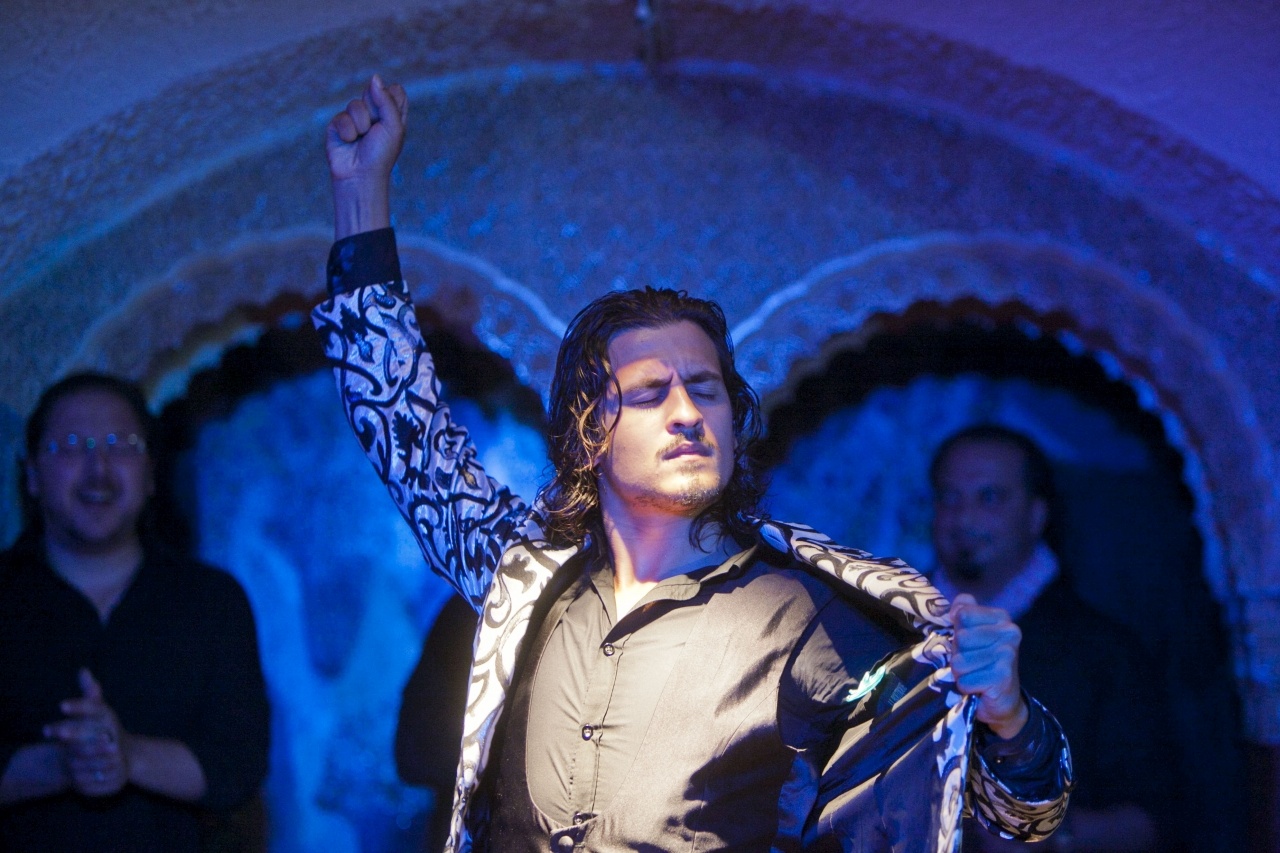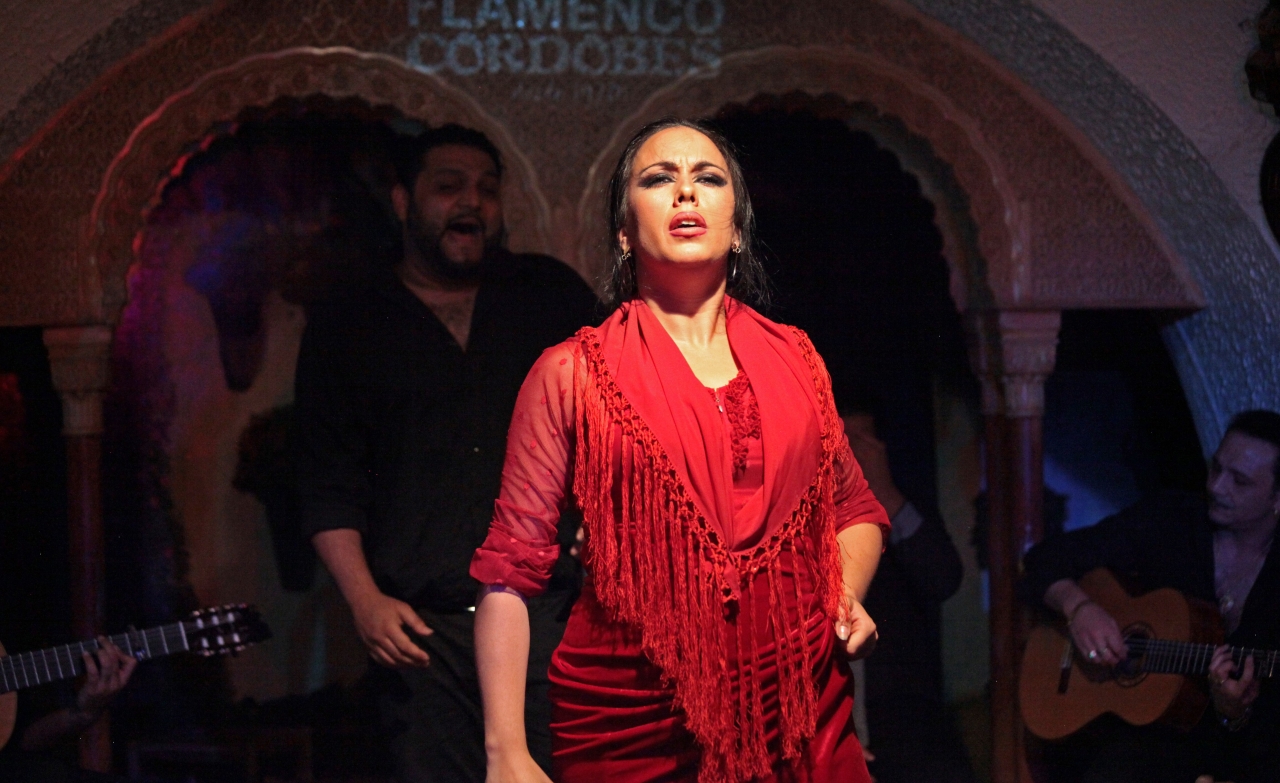Flamenco
Flamenco is an art in constant evolution and it began to take shape in the mid-nineteenth century, with the appearance of the singing cafes. Find out here more information on Flamenco History.
Flamenco History
The Flamenco is, as we know, an Andalusian art, it is the result of the popular sings and dances of the gypsies.
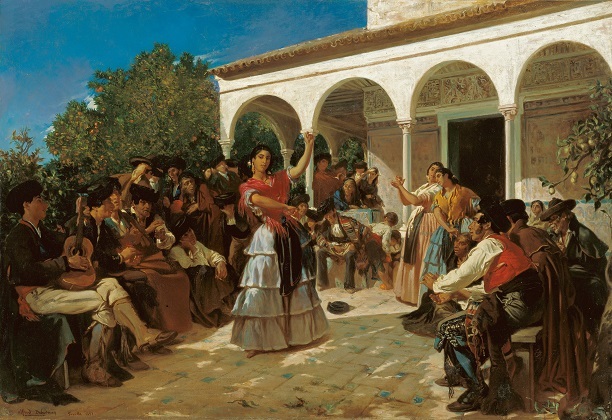
Flamenco is a cultural expression in constant evolution which is manifested, mainly, in three modalities: singing, dancing and guitar playing.
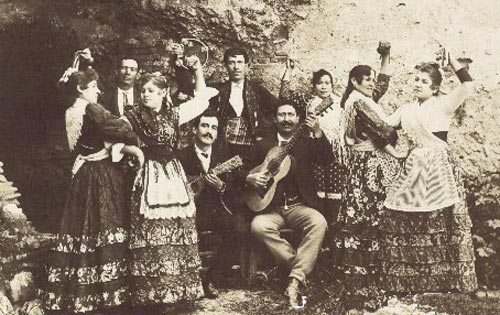
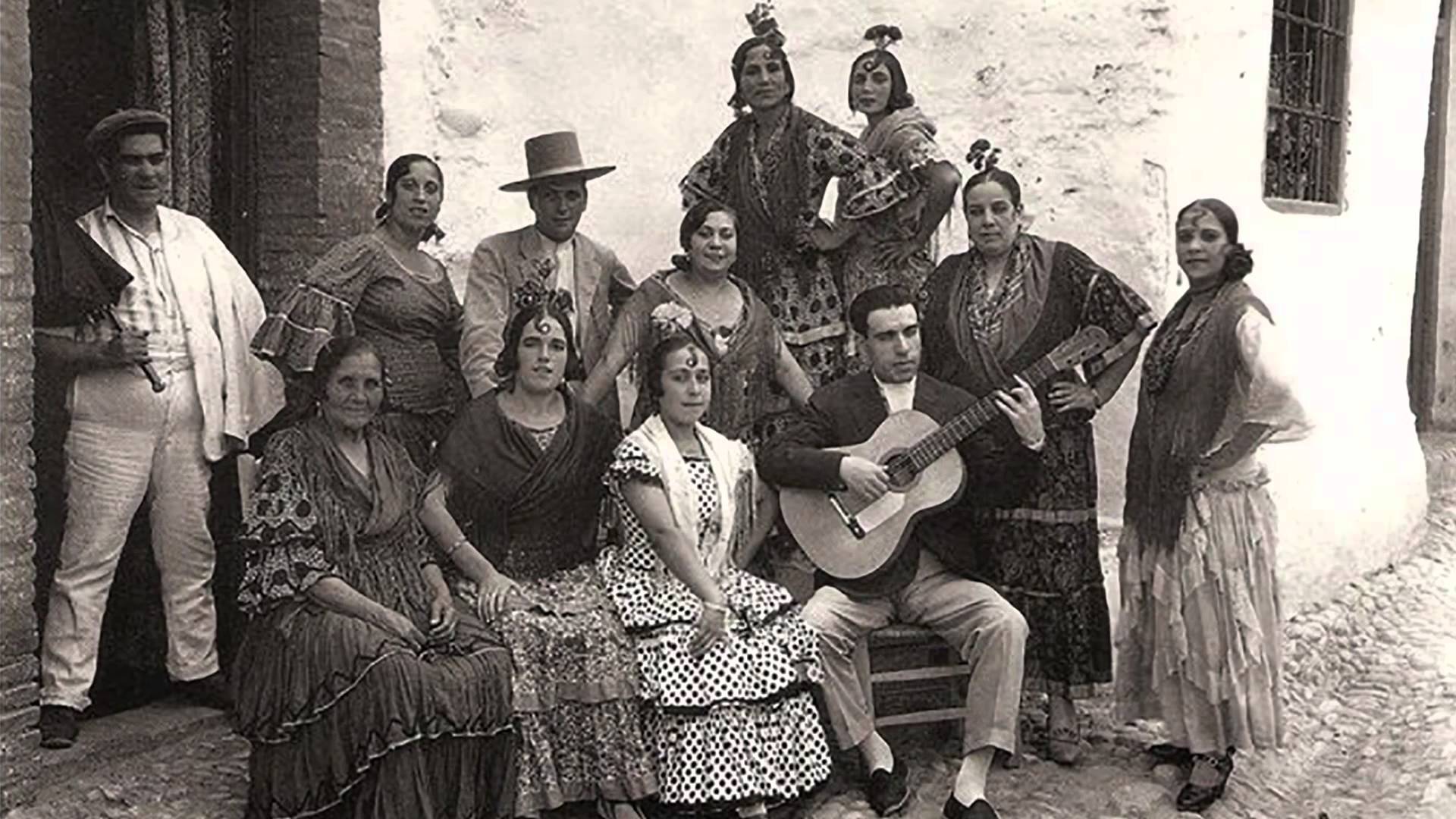
Carlos III shelters them in the neighborhood of Triana and, from then on, we could say that Sevilla without Triana would be Seville with one arm less.
To speak of flamenco is to speak of the most important popular and traditional musical fact of the entire West, which is currently shared and enjoyed throughout the world as a globalized cultural event. However, although flamenco in its three basic aspects (singing, dancing and playing) is declared an Artistic Patrimony of Humanity by UNESCO and is already a universal musical fact, it is necessary to contemplate and analyze it through Andalusian history itself, since that Andalusia is its homeland, its root and foundation.
From the legends to the stars of the current flamenco scene
Here have performed flamenco legends such as Camarón, Farruco, Chocolate, Manuela Carrasco or Fernanda & Bernarda. Many names in an endless list, which has made this tablao into an unquestionable reference in Spain and a necessary step for the best flamenco artists in Barcelona, such as Miguel Poveda, Jesús Carmona, BelénLópez or Mayte Martín, among many others.
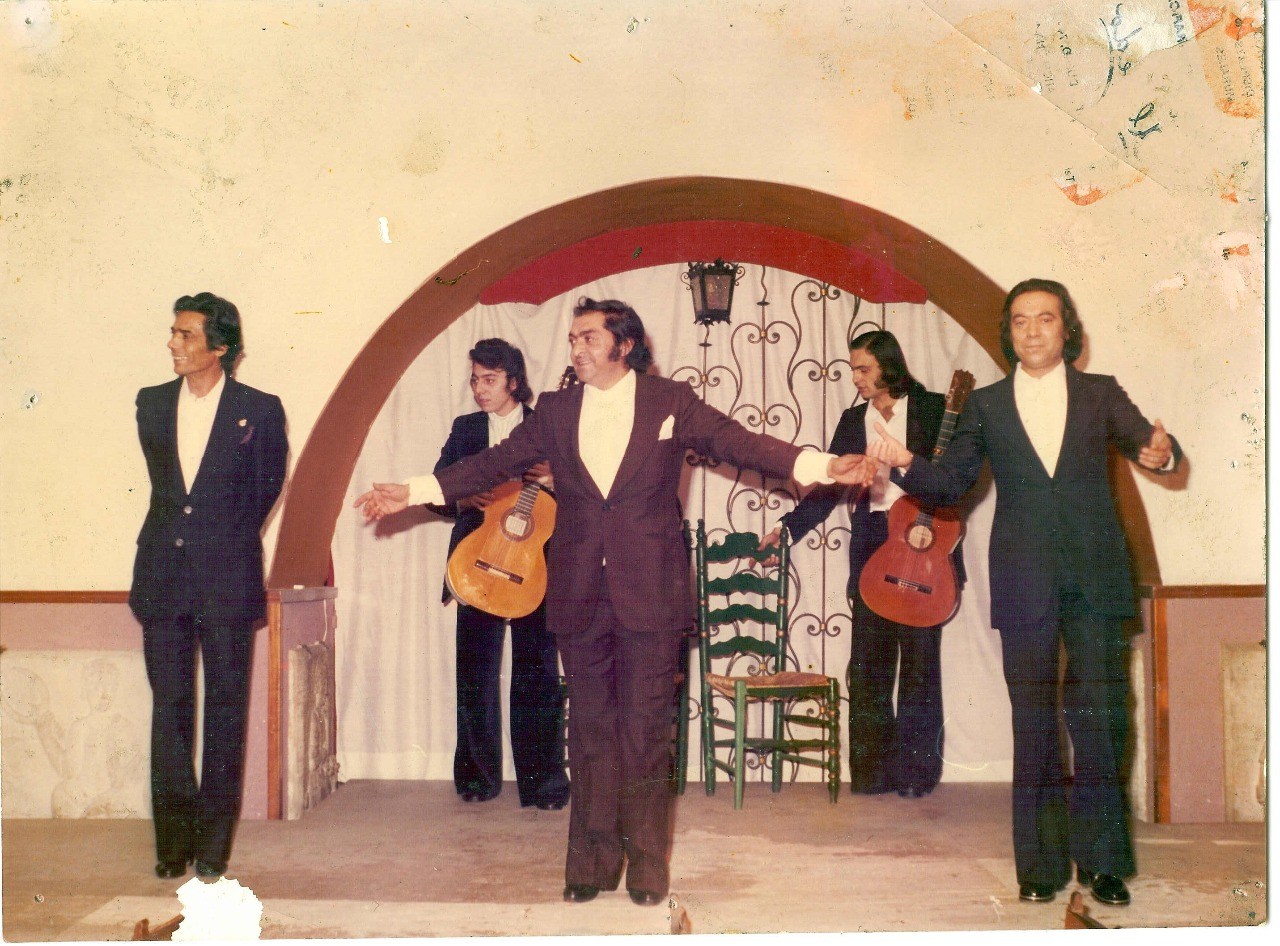
Since its foundation in 1970, the most important flamenco artists keep constantly performing at Tablao Flamenco Cordobes Barcelona.
Alfonso Losa
Dancer
Amador Rojas
Dancer
Belén López
Dancer
David Cerreduela
Guitarrist
David Palomar
Singer
Farru
Dancer
Farruquito
Dancer
Irene La Sentío
Dancer
Jesús Carmona
Dancer
José Gálvez
Guitarrist
Karime Amaya
Dancer
Manuel Tañé
Singer
Mara Rey
Singer
Marco Flores
Dancer
Morenito de Illora
Singer
Pastora Galván
Dancer
Rosario Toledo
Dancer
Susana Casas
Dancer
Committed to the young flamenco promises
